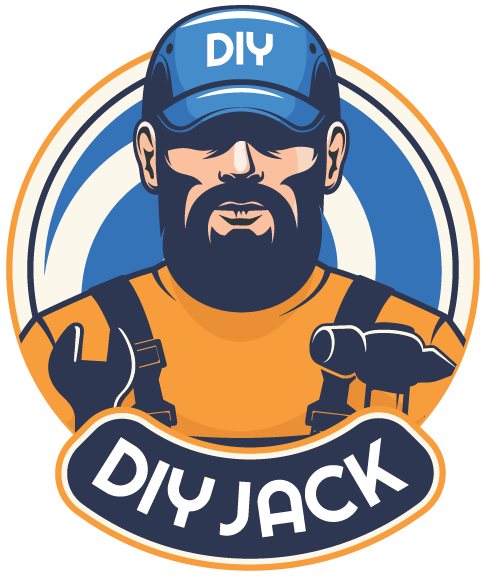Today, we will show you the delivery process of two shipping containers in our video.
The tare weight (empty) of a 40′ shipping container is 8,337 lb (3.78 ton), and its payload can reach 80,350 lb (36.45 ton). Therefore, there are essential considerations when delivering one of these large metal boxes.
Although a third party does the delivery, it is good to familiarize yourself with the process to keep the company’s personnel and your merchandise safe.
In this post, we´ll share certain aspects you should consider for the safe and proper delivery of your container.
KEY POINTS TO CONSIDER
FIRST: THE HEAVY EQUIPMENT

In this video, the shipping company used a truck-mounted crane. As the name implies, this equipment combines a truck and a crane. The truck’s engine powers the crane’s hydraulic system.
If you can choose the equipment for your container delivery, a truck crane is an excellent option because it avoids renting a separate mobile crane.
Make sure the crane is up to the task. In any case, the crane operator should be aware of the maximum load capacity.
The boom position also affects the load capacity of the crane. Instead of extending the boom horizontally, it is preferable (if you have the space) to reposition the truck.
Before using the crane, check that the truck’s outriggers are deployed and supported adequately on the ground.
The outriggers distribute the crane load over a wider area. Without them, the lifting capacity of truck cranes would be considerably limited.
A wrong or careless setup of the outriggers can cause serious accidents.
As you can see at 0:26 in our video
SECOND: THE LIFTING MANEUVER

As important as it is to know about the heavy equipment, it is also essential to know about the container lifting process.
As you can see in our video, the crane lifted the container by its corners. Engineers design the corners to support the container´s weight during lifting without crushing or tearing.
You may have noticed that one of the containers was lifted by the top corners and the other by the bottom corners. Both ways are valid.
However, lifting a container by its corners generates horizontal forces. Container roofs don´t resist horizontal forces by design.
Therefore, we recommend using a spreader (the yellow frame in the image below).

Another important aspect is the personnel on the ground guiding the container.
The container moves freely around its vertical axis. At least one person must pull the container with a rope while the crane lowers it to keep it in the right direction.
An important variable to determine the containers’ orientation is their doors. If you must place the containers together, ensure they are oriented so the doors can open.
It is essential that the person guiding the container, or any other person passing by, does not stand under the container for any reason. Any failure in the lifting system would be fatal.
As you can see at 0:53 in our video
THIRD: THE PLACE TO RECEIVE THE CONTAINER

Make sure you have enough space to receive the container and that the area where the container will rest is adequate.
In our video, you can see a gravel bed providing a level surface for the containers.
A concrete slab would be ideal for receiving a container, but a gravel bed is more than enough.
An inadequate surface, for example, a very soft or uneven one, can cause the container to sink or flex. The latter will affect the swinging of the doors.
As you can see at 1:53 in our video
CONCLUSION
We hope this post will help you identify those details that can turn a crucial moment in your business into a disaster.
If you think there is something else we should be aware of, feel free to tell us in the comments.

